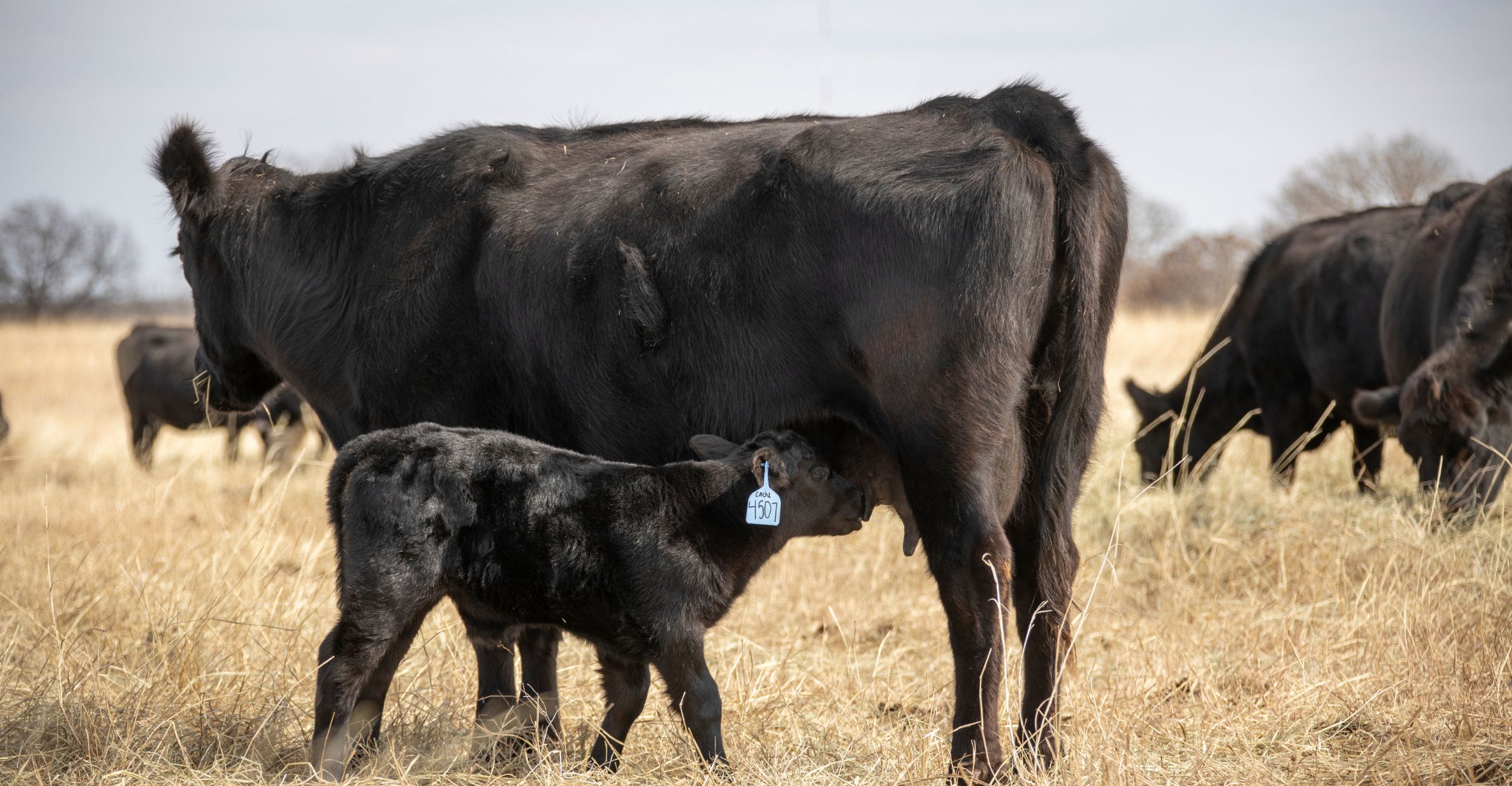
Veterinary Viewpoints: Caring for calves in cold weather
Friday, February 2, 2024
Media Contact: Kinsey Reed | Communications Specialist | 405-744-6740 | kinsey.reed@okstate.edu
When the weather becomes severe, calving becomes much more challenging.
Although both hot and cold weather can impact a calf’s ability to thermoregulate, calves born in extreme cold quickly utilize all body fat reserves, putting them at risk. Exposure to wind can exacerbate cold temperatures. Preparing in advance of inclement weather can lead to improved calf survival.
Remember to discuss your calving plan with your veterinarian and communicate well before there is a calving issue. Your veterinarian can work with you and your team to develop protocols so everyone is on the same page when a problem occurs. Your veterinarian can also help you develop essentials for a calving kit.
Items to consider in your calving kit may include:
- Veterinary emergency number in cell phone
- Catch pen and functional chute
- Breeding dates and due dates with associated sire
- Calving book
- Flashlights with batteries
- Eartags with marker
- Tag applicator
- Iodine for navel
- 5-gallon bucket
- Calf puller in working order
- Obstetrical chains and handles
- Calf sled
- Syringes and needles
- Exam and obstetrical gloves
- Obstetrical lube
- Clean towels
- Straw or hay for bedding
- Thermometer
- Esophageal feeder
- Colostrum or colostrum replacer (not a colostrum supplement)
- Medications prescribed by your veterinarian such as pain medications and antimicrobials
- Halter
- Lariat
- Sorting stick
- Large trash bags
- Disinfectants
Assess body temperature if a calf appears stressed. The best way to monitor a calf’s temperature is with a rectal thermometer. Inexpensive digital thermometers work well and make it easy to evaluate progress when rewarming a calf.
If a calf’s temperature falls below 100 degrees F, interventions are needed to gradually raise its temperature. Bring the calf indoors and out of the elements if needed. Bedding can be provided and should be deep enough to cover the calf’s legs. Empty plastic soda bottles can be filled with hot water and placed near the calf. Bottles can be refilled and changed as needed to provide heat. When used appropriately, warm water baths, blankets, calf jackets, and warming boxes are all options to rewarm a calf.
Be careful not to damage the skin of the calf by either rubbing too vigorously or placing them too close to heaters. Additionally, do not to wash off the odor of amniotic fluid. This helps prevent rejection by the cow. Warm oral or intravenous fluids as advised by a veterinarian can also make a big difference but should be used with caution in calves without a suckle reflex due to the increased risk of aspiration pneumonia. Once a calf is warm and has been fed colostrum, return it to its mother. Colostrum should be received within the first six hours of life; the sooner the better.
Working with your veterinarian to develop protocols before calving season can reduce stress and lead to more successful outcomes if an emergency arises. Your veterinarian can guide and train you and your team on how and when to call for assistance.
About the author: Dr. Rosslyn Biggs is an assistant clinical professor, beef cattle extension specialist and director of continuing education at the Oklahoma State University College of Veterinary Medicine.
